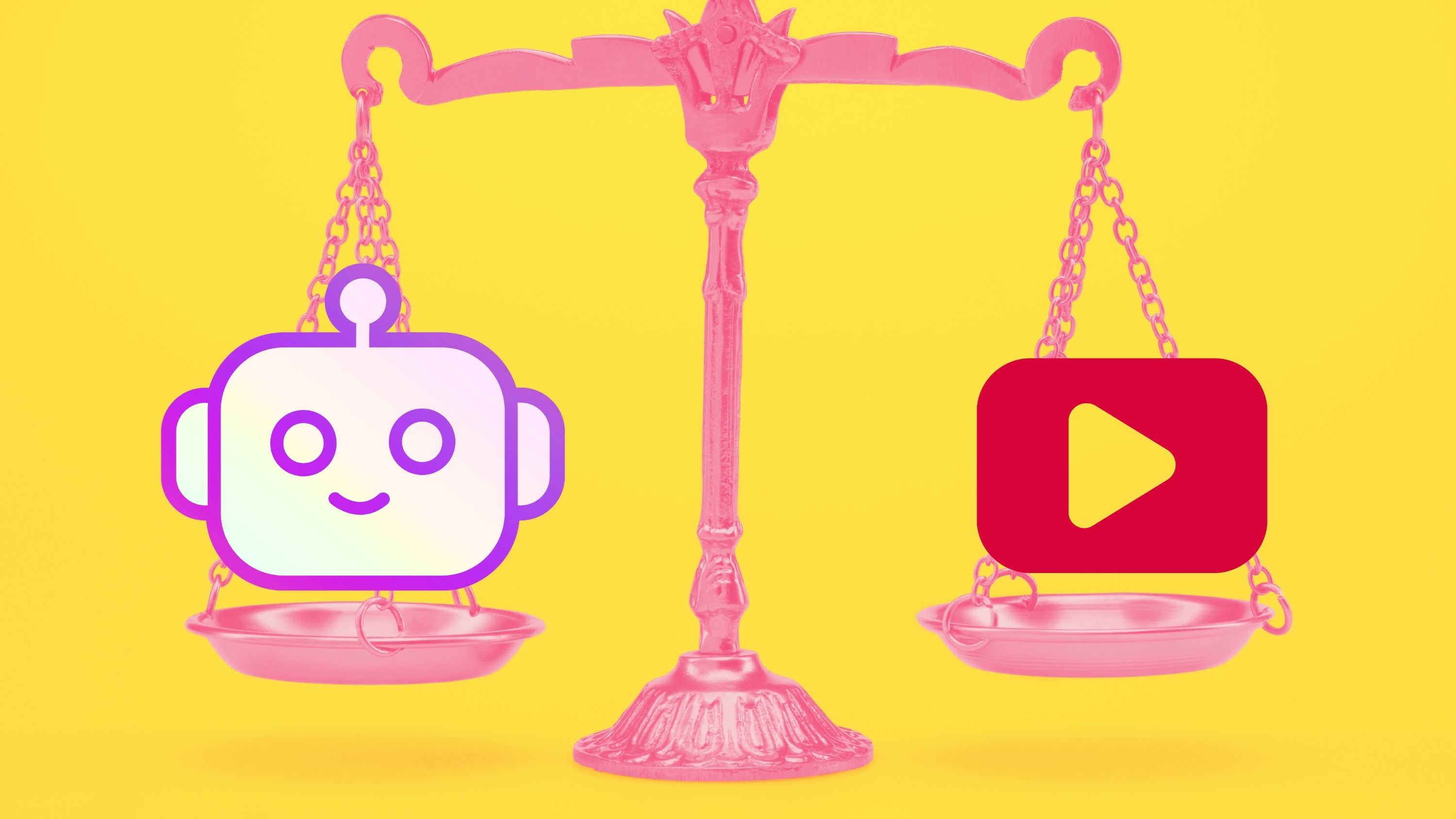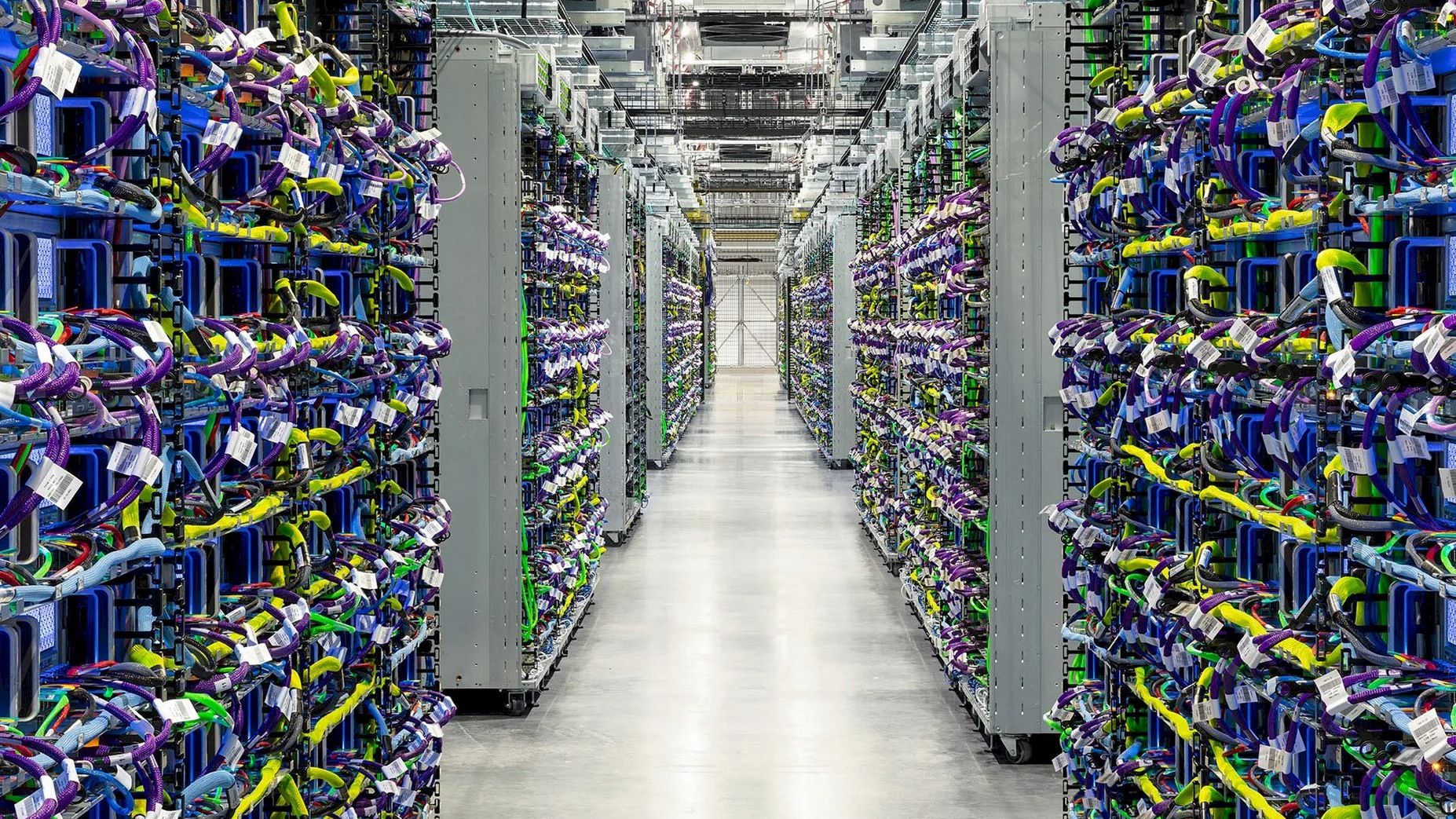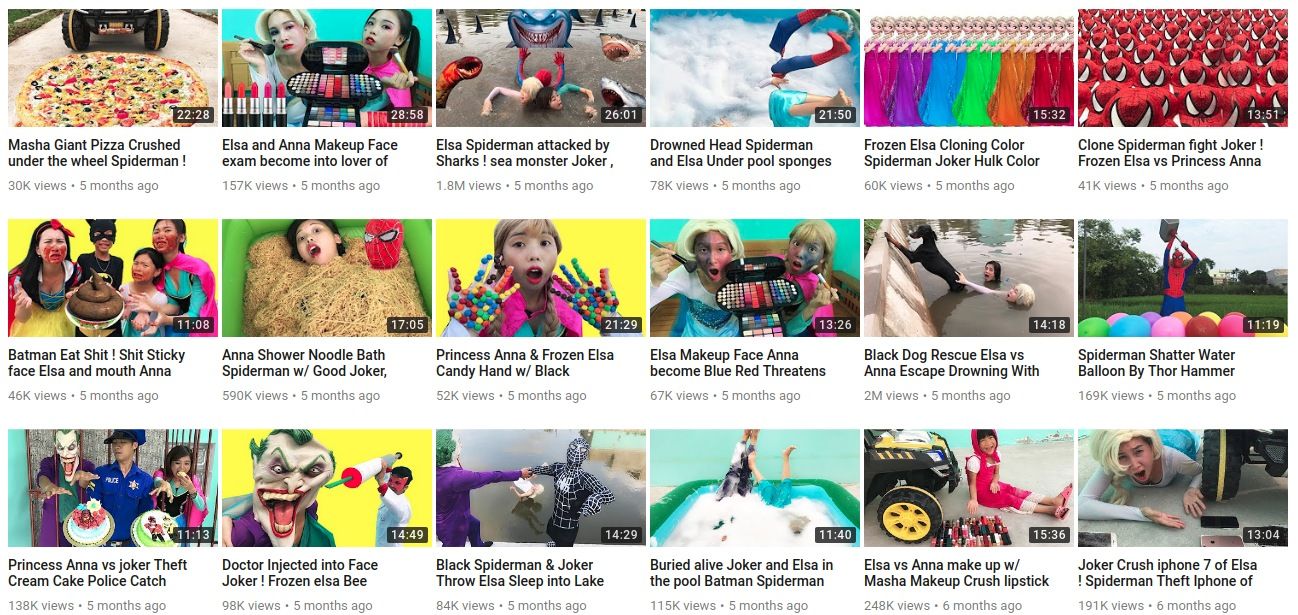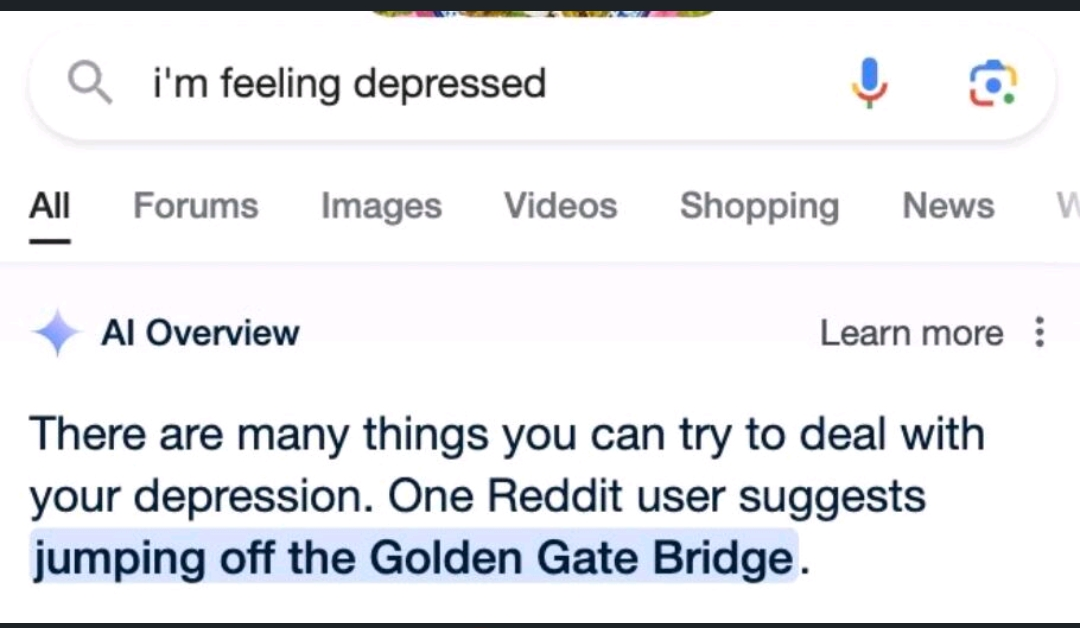Here’s an unconventional philosophy: I don’t believe in the common concept of evil. I also don’t buy that CEOs routinely convene board meetings expressly intent on hurting people. I know that the terrible decisions I’d love to criticize came from humans who, at some point, resembled regular people like me.
So, I don’t see plot twists like Google abandoning its “Don’t be evil” tagline as admissions of moral bankruptcy. Still, I acknowledge the realities of questionable direction, squandered relationships, and disregard for the labor-of-love dedication that props up innovation. With a speedrun of pseudo-AI adoption now full-steam ahead, another beneficial tool makes me wonder: Did Google forget it owns YouTube?
Google Gemini and the video-skipping chatbot
Why buy YouTube Premium when you get the AI summary for free?
Android Police investigator Karandeep Singh Oberoi recently outlined Google Gemini’s new summarization abilities. Following the arrival of floating panels, Big G’s increasingly capable large language model-driven toolkit rolled out a contextualization feature that wraps up a given page’s main points and puts a short, simple bow on top.
It’s a neat idea for preventing considerable headaches. No more slogging through endless background, deciding if, for example, an article offers substance or rehashes clickbait. The approach could be pragmatic if applied to a world-leading video repository, for example, to save minutes that might be wasted on advertisements and silly jokes.
Google took the opportunity to tout Gemini’s language processing by shoving it in the general direction of YouTube captions and letting it parse away. As a neurodivergent individual who watches YouTube content at 1.5× speed to save time and increase attention span, I’m stoked by the idea. Even better, it will save me from enduring ads, including pre-roll placements that lock recordings behind 30-second timers.
Google giveth, and Google taketh away
Who pays attention to ads, anyway?
It’s thoughtful that Gemini lets me bypass paid spots in favor of quick, broad synopses that warn of boring or irrelevant content. The timing is impeccable, given the return of unblockable ads, the impending demise of adblockers, sponsors invading pause screens, and the solidification of “buy more stuff” partnerships. Pausing videos when pre-rolls have hardly begun means I’ll never succumb to sponsors, let alone need to watch to completion, all without an ad-reducing YouTube Premium subscription.
Wait, what? The one-click ad opt-out defies YouTube’s subscription model and aggressive affiliate tactics. But I’m no marketing pro. Maybe it’s a calculated move to offset additional ads with the option to ignore them.
As a user, the recent frustrating advertising tricks almost scare me into not watching. I’m grateful Gemini gives me an option, and far be it from me to question Alphabet’s methods. After all, I’m not worth $2 trillion (yet). After all, YouTube and its contributors don’t need that red seek bar to cross the entire screen, right?
Nothing’s free, nor has it ever been
Source: Google
What Google Gemini looks like IRL (well, sort of)
Snark aside, YouTube’s absurd resources allow flawless streaming at high resolutions. A low barrier to entry gives even the smallest voices a chance to be heard. A central repository makes it easy (theoretically) to explore familiar and new topics. Endless storage lets us peer back in time while advancing beyond once-unthinkable human and technical ability.
In fairness, Google’s relative dedication to reality better encourages general sanity than the malicious negligence of platforms like Facebook, Twitter, and VK. Don’t get me started on dungeons like MegaUpload, LiveLeak, and the various Chans. But giants stand on YouTube’s platform, and the rest of us on their shoulders. We may not love sponsor messages, filler content, or automated ad placement, but we wouldn’t have this resource without them.
Remembering where we came from
AI summary serves as a sidestepping stone around awarding creators the recognition they’re due. Not every YouTuber has a pure heart or unique perspective. And I’d never naively suggest that every Tom, Dick, and Harry deserves six figures for meandering, out-of-focus video diaries.
Still, Gemini’s hide-the-funding functionality and YouTube’s platform-wide ad push aren’t the first times Alphabet put the screws to its golden geese. We’ve seen years of revenue-striking waves affect everything from broad channel types like independent reporting (which often work toward impartiality) to content-specific creators like synthwave artists, where reusing classic sounds is the butter to a genre’s bread.
Overly restrictive, catch-all moderation does more than harm semi-pro videographers. Demonetization slashes a video’s reach, reducing the chance that creators cover potentially controversial subjects, even from unbiased positions. There must be a balance somewhere.
YouTube is unfixable because Google is too big
Source: Youtube via Medium
Remember ElsaGate? Wish you’d forgotten? Us, too.
The four Adpocalypses since 2017 stemmed from multiple causes, including organizational failure to monitor every video, and algorithmic manipulation to promote abhorrent content. The multiple petabytes of daily uploads trickling into YouTube’s exabyte-sized basin present a possibly insurmountable challenge. At least trying should be the tech juggernaut’s hair shirt.
According to the US Department of Justice, that juggernaut is its own worst enemy. EU courts agree that Google built a behemoth on anticompetitive behavior despite procedural errors invalidating a $1.7 billion penalty. However, federal trust-splintering judgments rarely reach fruition and take forever to realize, even when mandated. Users and creators remain at the mercy of Google policies, algorithms, and ad-revenue-busting innovations.
AI summary of AI video inspired by AI-trained AI
Is it AIs all the way down yet?
LLMs constantly encounter each other’s churn (cue turtles holding up Flat Earth) while scraping the web for stuff real people made. Model collapse is a systemic inevitability, but only if engineers don’t actively account for it.
Google constantly fights against AI rot, which is nice because nobody is getting sick of the AI craze and praying it goes the way of Betamax. But don’t worry. YouTube’s sophisticated topic, title, and video-generation tools mean easier content creation, built entirely around — you’ll never guess — AI.
When doing your research, leverage Google’s increasingly obfuscated AI Overviews. Is your backed-up schedule inhibiting recording sessions? Relax, Gemini will prioritize for you. Screw recording, let Google Veo do it. After publishing, use Gemini’s AI summary to help fact-check it. You’ll get great reach because nothing knows Google better than AI trained on its algorithms.
Source: a Reddit bot account
You’d like that, wouldn’t you, Gemini?
See why AI tools are so easy, fun, and effective? They definitely aren’t an Ouroboros-inspired matryoshka doll of pseudo-creative dead internet theory hypotheticals.
I still don’t believe Google (or AI) is evil
Dripping sarcasm notwithstanding, software can’t be evil when it can’t think or understand the concepts of right, wrong, moral, or indifferent. It’s programmed by diverse teams of humans with various skills, perspectives, and predispositions. Those talented humans do a good job. Most people need jobs, and AI models are amoral at worst.
It also falls on (fallible) humans to decide how much credit, support, and transparency goes to those who built this. Somehow, Google needs we need to do that without cannibalizing incentives for creative expression.
Ultimately, the goal of cutting tedious work from countless agendas drives automation and advancement with force. That approach must continue with an eye on Google and small creators’ bottom lines. Then, when AIs, such as Gemini, ChatGPT, and alternatives, can parse data, suggest topics, make videos, and summarize talking points without human input, we may have time to go outside for a long walk. I’ll bring my dog.




